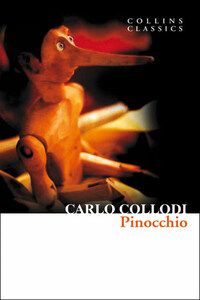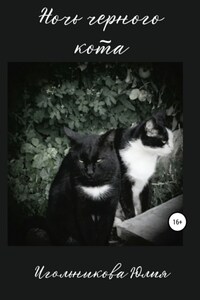In 1819, millworker William Collins from Glasgow, Scotland, set up a company for printing and publishing pamphlets, sermons, hymn books and prayer books. That company was Collins and was to mark the birth of HarperCollins Publishers as we know it today. The long tradition of Collins dictionary publishing can be traced back to the first dictionary William published in 1824, Greek and English Lexicon. Indeed, from 1840 onwards, he began to produce illustrated dictionaries and even obtained a licence to print and publish the Bible.
Soon after, William published the first Collins novel, Ready Reckoner, however it was the time of the Long Depression, where harvests were poor, prices were high, potato crops had failed and violence was erupting in Europe. As a result, many factories across the country were forced to close down and William chose to retire in 1846, partly due to the hardships he was facing.
Aged 30, Williamâs son, William II took over the business. A keen humanitarian with a warm heart and a generous spirit, William II was truly âVictorianâ in his outlook. He introduced new, up-to-date steam presses and published affordable editions of Shakespeareâs works and Pilgrimâs Progress, making them available to the masses for the first time. A new demand for educational books meant that success came with the publication of travel books, scientific books, encyclopaedias and dictionaries. This demand to be educated led to the later publication of atlases and Collins also held the monopoly on scripture writing at the time.
In the 1860s Collins began to expand and diversify and the idea of âbooks for the millionsâ was developed. Affordable editions of classical literature were published and in 1903 Collins introduced 10 titles in their Collins Handy Illustrated Pocket Novels. These proved so popular that a few years later this had increased to an output of 50 volumes, selling nearly half a million in their year of publication. In the same year, The Everymanâs Library was also instituted, with the idea of publishing an affordable library of the most important classical works, biographies, religious and philosophical treatments, plays, poems, travel and adventure. This series eclipsed all competition at the time and the introduction of paperback books in the 1950s helped to open that market and marked a high point in the industry.
HarperCollins is and has always been a champion of the classics and the current Collins Classics series follows in this tradition â publishing classical literature that is affordable and available to all. Beautifully packaged, highly collectible and intended to be reread and enjoyed at every opportunity.
As one might expect, the novel Pinocchio is quite different from other picture-book and animated versions, such as the Disney film of 1940. It was originally published in 1883 as The Adventures of Pinocchio and was written in Italian, by the childrenâs author Carlo Collodi.
Collodiâs imaginings are very akin to those of the English author Lewis Carroll, who published Alice in Wonderland in 1865 and Through the Looking Glass in 1871. Both writers indulge in ever more weird and wonderful meanderings, aware that they have given themselves license to write whatever comes into their minds by the nature of the genre they have chosen. The 18th century was a curious time for childrenâs literature in this respect, as it was the style to take children into imaginary realms filled with anthropomorphic animals and mythical entities, as if realism were the preserve of adult literature.
In Pinocchio, Collodi conjured up a rather unfeeling and spiteful character in the eponymous protagonist, whom he devised as a manifestation of his own counter-conventional views on Italian society. Pinocchio is born as a boy, but â like a baby â without a moral compass, so he is disrespectful, selfish and lacking in both sympathy and empathy.
The tale begins with a rather violent slapstick routine between two characters named Maestro Cherry and Geppetto, who manage to break into verbal and then physical fights before the former gives the latter the piece of wood that will soon be carved to become Pinocchio. This sets the tone for the book in general, which is rather at odds with the traditionally accepted view of the story, which has been tamed to present Pinocchio as naughty rather than nasty.
For example, Jiminy Cricket, the much-loved companion and advisor to Pinocchio in the Disney film, is killed by Pinocchio in the original. In the novel, he is simply called the Talking Cricket and is struck by a hammer thrown by Pinocchio when he tells the wooden boy that a life of idleness will land him in the hospital or prison.








